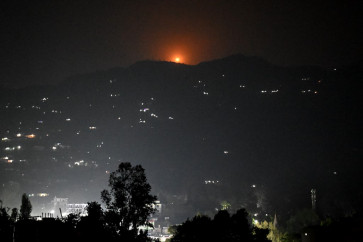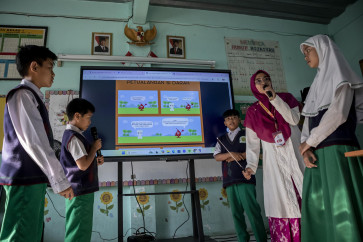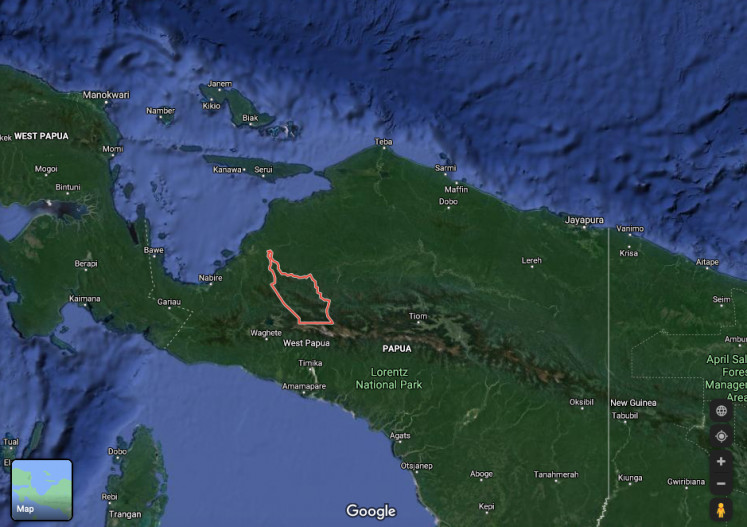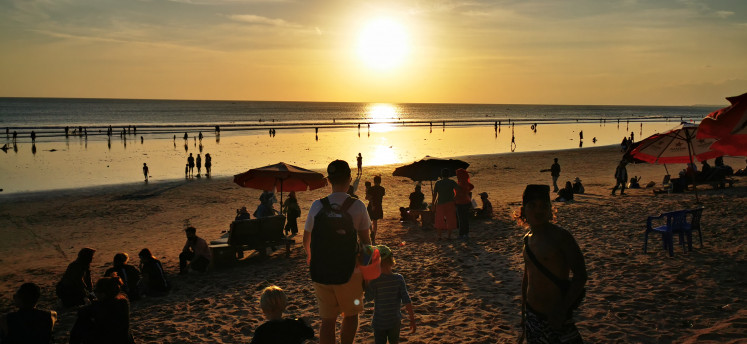Twelve Indonesian trees vulnerable to extinction
Change text size
Gift Premium Articles
to Anyone
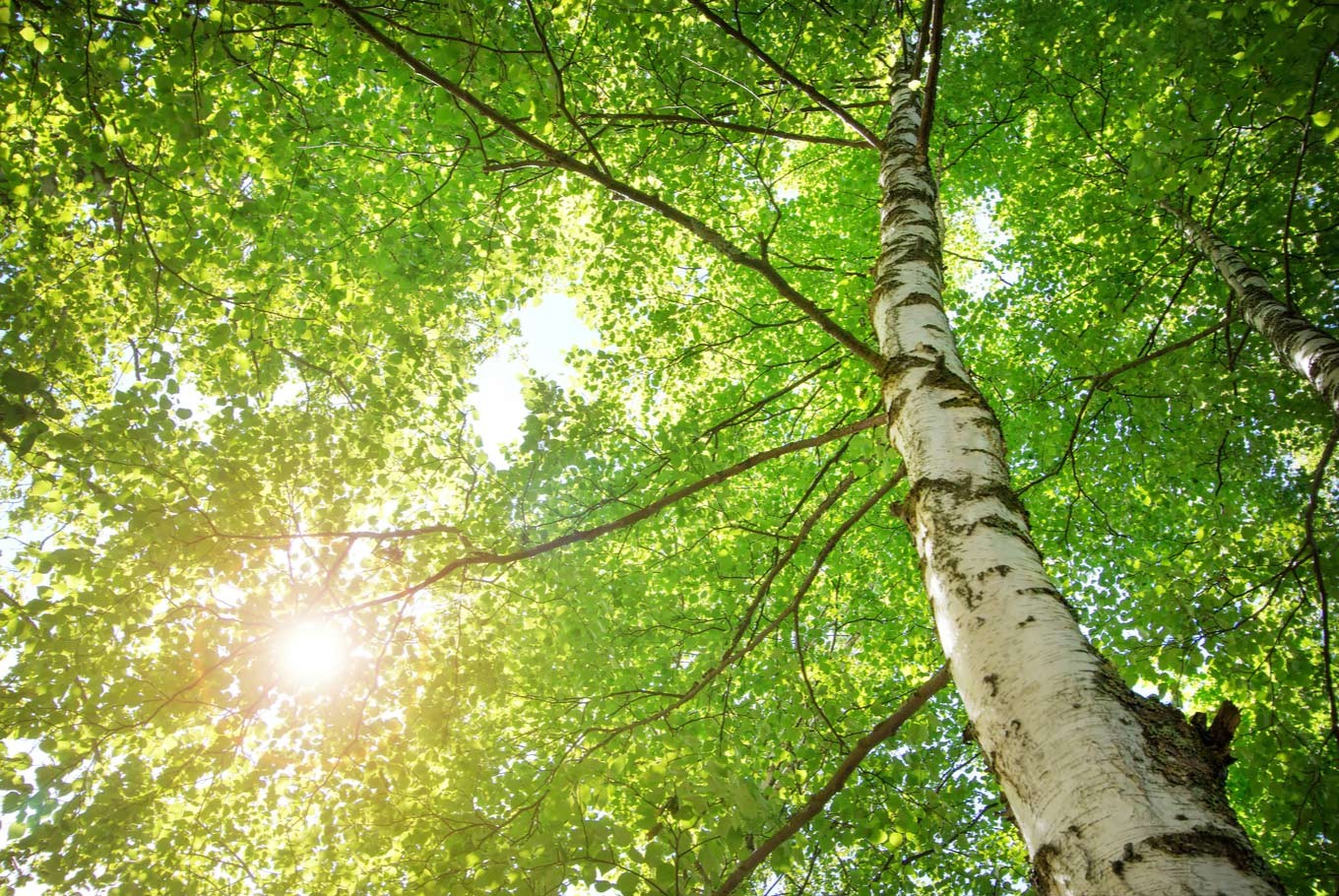 Determining the trees to be included on the list is based on four criteria: scarcity, vulnerability, benefits and conservation. (Shutterstock/File)
Determining the trees to be included on the list is based on four criteria: scarcity, vulnerability, benefits and conservation. (Shutterstock/File)
I
ndonesia's floral diversity is increasingly threatened as 12 trees have been listed as rare in the Strategy and Conservation Action Plan (SRAK) book.
Enny Sudarmonowati, the deputy chairperson for life sciences at the Indonesian Institute of Sciences (LIPI), explained that the list had been drawn up in response to the rapid rate of decline of plant species. Without conservation efforts, she said, extinction would become real.
"This is the second flora SRAK. In 2015, an SRAK was devised for Rafflesia and Amorphallus, while an SRAK on fauna was created much earlier, with a list of many more [plants]," Enny said at the Cibinong Science Center – Botanical Garden in Bogor, West Java, on Monday, as quoted by kompas.com.
The decision on which species to include in the list is based on four criteria: scarcity, vulnerability, benefits and conservation. Based on those four criteria, there are three priority scales.
Priority I is the most critical category for plants that require immediate conservation efforts. Native trees that have become critically limited and are at risk of extinction include Dipterocarpus littoralis, Dipterocarpus cinereus, Vatica bantamensis and Vatica javanica ssp. javanica.
Priority II includes trees that are in urgent need of conservation efforts, as they face a continuous threat of extinction, such as the Shorea javanica and Dryobalanops aromatica.
Endemic trees categorized as Priority III are still quite common but have a high level of vulnerability. These species include Eusideroxylon zwageri, Anisoptera costata, Shorea pinanga, Durio oxleyanus, Durio graveolens and Castanopsis argentea.
Read also: Locals bulldoze orangutan conservation forest area in East Kalimantan
Conservation efforts for the third category include the provision of seeds, but the effort has not yet increased the tree populations to levels deemed safe.
The SRAK book was created in collaboration with several organizations, including International Flora and Fauna – Indonesia Program (FFI-IP) and Rare Tree Indonesia Forum (FPLI).
Additionally, LIPI also issued a so-called Red List containing 50 commercial tree species that are in danger. It contains descriptions of commercial timber trees, their prevalence in Indonesia and conservation efforts.
The Red List assessment is based on a format set by the International Union for Conservation of Nature and Natural Resources (IUCN). The criteria include critical, precarious, vulnerable, almost threatened and lack of attention.
"Indonesia's IUCN Red List will contain 1252 species. We have created the list, and so far it contains 50, such as tengkawang, palahlar and ulir. The rest will be added soon," said Enny.
The Environment and Forestry Ministry’s director general for biodiversity conservation, Bambang Dahono, said the SRAK was one of the government's efforts to conserve Indonesia’s flora. It was also in line with government efforts to combat illegal logging, he added.
"Our hope is that [the SRAK] has the force of law, so that our next generation does not experience extinction [of species] like the Javan tiger and Sumatran tiger," said Bambang. (liz/kes)

